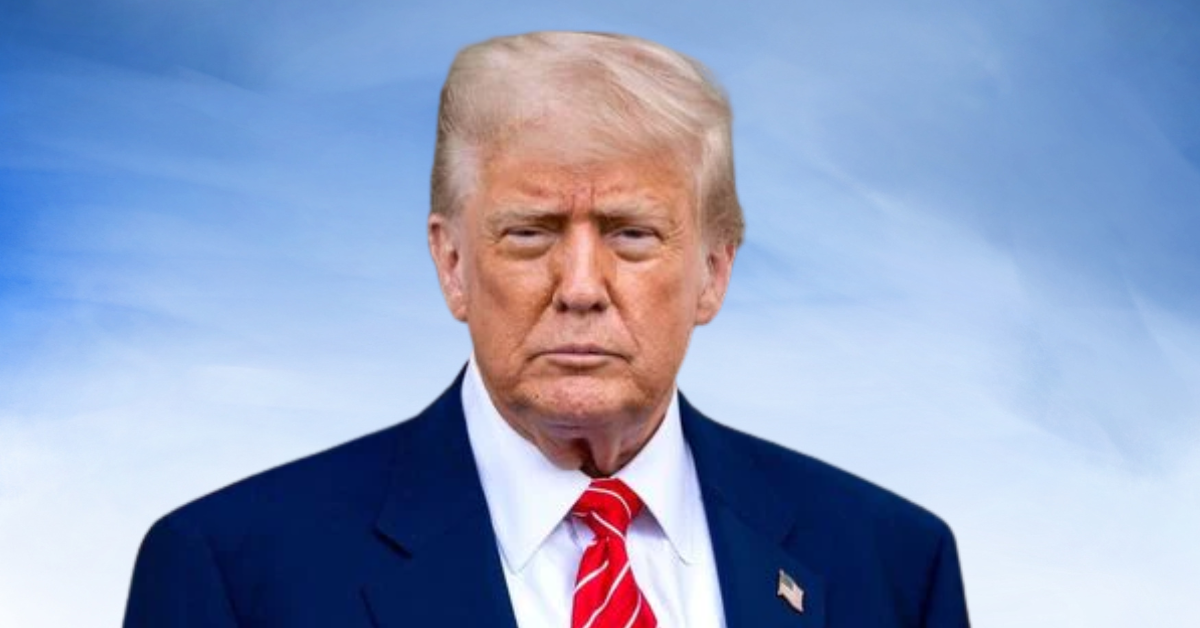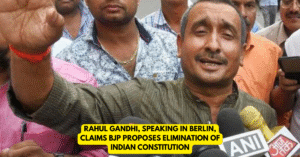NEW DELHI — In a move that could reshape U.S.-India trade ties, former U.S. President Donald Trump has announced 25% tariffs on Indian goods, effective August 1, citing long-standing grievances over high Indian tariffs and continued economic ties with Russia.
The decision was shared via Trump’s official Truth Social account, where he criticized India’s trade practices and called for a “fair and reciprocal” trade relationship. “India is a friend,” he wrote, “but its tariffs are far too high, among the highest in the world.”
The announcement also hinted at unspecified penalties for India’s ongoing oil and defense trade with Russia—an issue that has drawn increasing scrutiny from Washington.
What the Tariffs Mean
The 25% tariffs will apply broadly to a range of Indian exports, though the full list of affected goods is expected to be released by U.S. trade authorities in the coming days. The move comes after a $45.8 billion trade deficit in favor of India last year, which Trump has frequently cited as a reason for tougher measures.
This isn’t the first time Trump has threatened tariffs on Indian goods. In April 2025, he proposed a 27% tariff, but it was later delayed amid trade talks. With negotiations stalled and an August 1 deadline looming, the new tariffs now appear imminent unless a last-minute agreement is reached.
India Responds with Caution and Optimism
In New Delhi, the Indian government acknowledged the announcement but remained measured in its response. Officials emphasized their desire for a “balanced and mutually beneficial” trade agreement with the U.S.
Commerce Minister Piyush Goyal reassured the public that India’s small farmers and entrepreneurs would be protected, particularly in sensitive sectors like agriculture. “We are fully committed to safeguarding India’s interests while continuing discussions in good faith,” Goyal said.
He added that the negotiations are progressing and expressed hope for a positive outcome before the August 1 deadline.
Longstanding Issues: Agriculture and Market Access
Trade talks between the two countries have repeatedly hit roadblocks over the agriculture sector. The U.S. has been pushing for broader access to India’s tightly regulated food markets, including dairy and grain exports. But India has resisted, citing food security concerns and the need to protect millions of small-scale farmers.
U.S. Trade Representative Jamieson Greer acknowledged the complexity of the negotiations. “India remains one of the most protectionist major economies,” he said. “For a deal to happen, we need meaningful and permanent access to key markets.”
What’s Next?
With just hours to go before the tariff deadline, both countries face pressure to avoid further economic strain. Indian exporters, particularly in textiles, pharmaceuticals, and auto parts, are watching closely, as are American firms reliant on Indian supply chains.
While Trump’s announcement has stirred uncertainty, there remains room for compromise. Negotiators on both sides are said to be in close contact, working to prevent a full-scale trade fallout.






